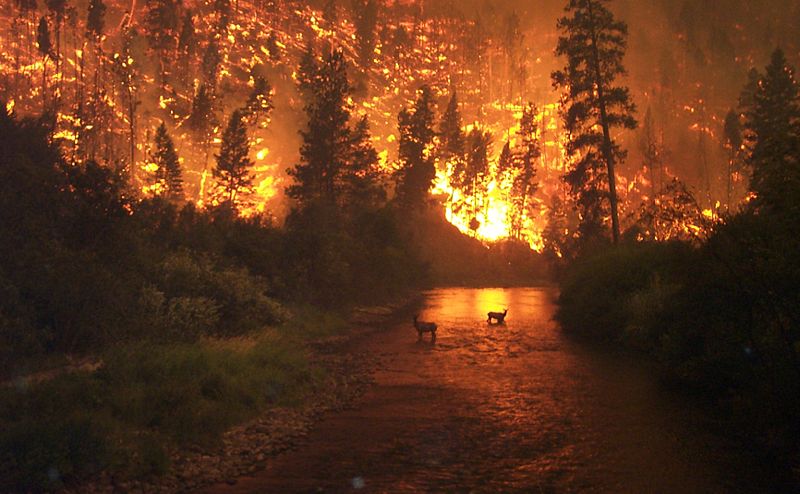European wildfire deadly heatwaves were driven by climate change
escalating intensity and frequency of these heatwaves are driven by climate change, according to the Intergovernmental Panel on Climate Change (IPCC).
In Short
Intensity and frequency of these heatwaves are driven by climate change
Human activities have led to an increase in greenhouse gas emissions
Climate change also exacerbates wildfires
Europe is once again grappling with scorching temperatures this summer, as wildfires rage from the Mediterranean to Spain.
The escalating intensity and frequency of these heatwaves are driven by climate change, according to the Intergovernmental Panel on Climate Change (IPCC).
Human activities have led to an increase in greenhouse gas emissions, raising the planet's temperature by approximately 1.2 degrees Celsius since pre-industrial times. This warmer baseline has amplified the severity of extreme heat events.
However, other factors also contribute to the occurrence of heatwaves. In Europe, atmospheric circulation plays a significant role. To determine the exact impact of climate change on specific heatwaves, scientists conduct "attribution studies".
These studies involve simulating the modern climate hundreds of times and comparing it to simulations of a climate without human-induced greenhouse gas emissions.
For instance, World Weather Attribution scientists found that a record-breaking heatwave in western Europe in June 2019 was 100 times more likely to occur now than if humans had not altered the climate.
Despite the current situation, heatwaves are predicted to worsen. The global average temperature is already driving extreme heat events, with heat extremes that would have occurred once every decade now happening three times more frequently.
Unless humans cease adding greenhouse gases to the atmosphere, heatwaves will continue to escalate.
 Poll
Poll
 Comments
Comments





